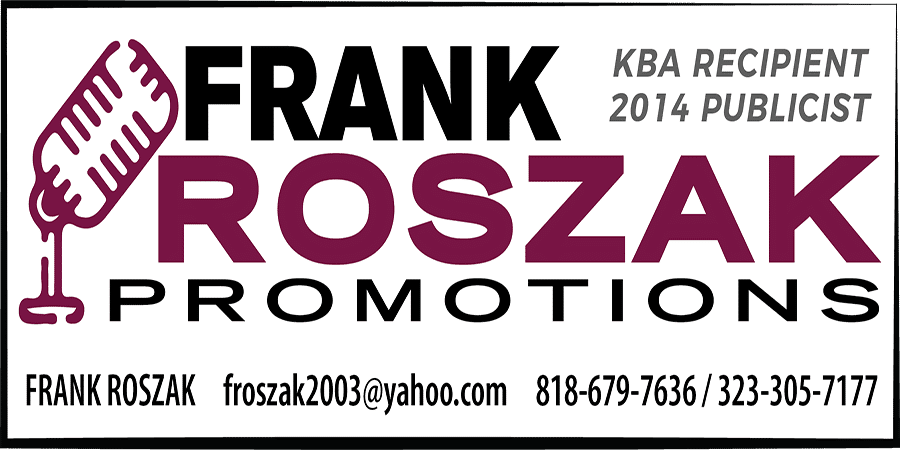To Subscribe Or Not To Subscribe

Whether you’re an aspiring artist or seasoned industry vet, you undoubtedly have noticed the subscription trend getting picked up by more and more software developers. On December 12th 2016, Softube announced their new subscription model for their plugin collection and it very closely mimics The Everything Bundle promotion that Slate Digital started running for Black Friday 2016 (and then extended through the rest of the holiday season). Both subscriptions offer an expensive array of well-designed and world-renowned audio plugins, and both promotions rolled out with complimentary access to supplemental video training content that exclusively demonstrates the plugins in action.
JOINING THE PARTY
The Software-As-A-Service model is nothing new. Variations of the business model have been applied in multiple industries revolving around software. Video game publishers have been enjoying success with many franchises built around the Massively-Multiplayer-Online (MMO) model. Electronic Arts and Sony both now offer unique subscription platforms that boast features that are very like one another through their Origin Access and Playstation Plus programs, respectively. Media software conglomerate Autodesk has been adapting subscription models for much of their computer graphics and media production tools beyond maintenance to expand their product lines’ market access to a crowd that would not normally be able to afford their perpetual licenses.
SUBSCRIPTION MODELS
In many instances, each subscription model is unique to the company offering it. If the subscription option seems enticing, be sure to read the fine print to understand just how the agreement works. I recently stumbled upon an article over at ExtremeTech by Jimmy Rose covering what makes each subscription introduced by Avid, Adobe, and Cakewalk different. Though as several years have passed since that article was published, there are two basic types of subscriptions that companies may base their plans on.
- Rental-only: A prime example of this is Adobe’s Creative Cloud. Since you never own an actual license for the software, what you are paying for is access to use the software for a limited term. Depending on what options the developer chooses to provide, that term may be month-to-month or annual. Obviously once you let the subscription lapse or cancel, the software will no longer function as intended.
- Lease-to-own: Some developers may offer a rent or lease-to-own plan. The details of how this subscription operates can still vary enough to warrant reading the agreement carefully, but essentially the end goal is that you’re paying toward completing a perpetual license transaction. Once you’ve paid a specified amount, you will now own a perpetual license.
Where things can start to get confusing is when developers segregate their pricing models for their software access or licensing and running a separate upgrade and/or support plan (albeit for good reason). Avid currently offers subscription plans to access their software, and separate plans for “upgrading” and support. While this seems a bit complex, there are some good reasons (at least for the business operation) as to why these are separated. Many engineers have voiced their complaints about this model, but Avid is not alone in this S.A.A.S. scheme. Autodesk also offers a maintenance plan and states that the plan is the only way to keep up-to-date as they continue to develop and enhance their software products and push out new versions in their product cycles. Both companies are trying to find the best balance of respecting their customers who wish to purchase perpetual licenses and offer ways to opt-in to the software-continuum.
MORE FUEL FOR THE FIRE
If you’re a seasoned enthusiast or serious professional with an ever-growing collection of digital tools, the sheer magnitude of simultaneous subscriptions can put a deep hole in your bank account and keep it drained every month or year. Managing multiple subscriptions can also become a time sink if you get caught up having to keep track of business expenses and fetch invoices, or update credit or banking information to keep the subscriptions going. We are likely to see middle-men services offer aggregate solutions for customer convenience anytime an industry is faced with a new level of maturity and expansion. Middle-men solutions carry their own complex set of business tidewaters to traverse as many consumers rarely like the idea of going through yet another 3rd party to accomplish something. However, for businesses growing faster than they can scale to keep pace with, these 3rd parties may have the expertise and insight into a specific trouble area the developers are facing. In this regard, the end goal is mutual interest in providing the best solution for the customer.
Gobbler provides that convenience factor, and I personally believe that is a step in the right direction in terms of centralizing access and management of multiple subscriptions. With offerings from Slate Digital, Eventide, Softube, Kush, Nugen, and Exponential Audio, Gobbler has a big leap on the market’s “next big thing”. While they are the first, they certainly will not be the last to think of this solution. Rekkerd.org published an article and a descriptive video demonstration of a plugin rental program with some interesting options.
PluginPlay (formerly Rent-A-Plugin) looks promising, with some noteworthy developers in their marketing material including D16 Group, Sound Radix, Kilo Hearts, and BeatSkillz. It hasn’t launched yet, and there is currently no press on whether more developers will associate with the platform. It obviously looks to compete with Gobbler, albeit with a key difference. All of Gobbler’s developer partners’ subscription plans are for entire plugin bundles, whereas with PluginPlay will give specific access to individual plugins with some incentives. It is still too early in development to get a clear understanding of just how cost-effective and convenient PluginPlay may be at providing the much-needed solution in the growing digital S.A.A.S. marketplace as compared to Gobbler’s, but there are more traditional alternatives we can turn to.
WHICH IS WISER?
Various reputable distributors offer exclusive credit lines. Without delving into the topic of credit management, it can be a boon to both your personal and business portfolio when wielded properly. I can’t prove or deny that these direct subscription plans will affect your credit rating as that can depend on how you choose to pay for them; the primary intent of them is simply solving a financial puzzle to enable developers to engage a previously untapped market segment. But if you care about maintaining or improving your credit with your purchase decisions, sticking to perpetual license models and upgrade plans and utilizing promotional financing tools like what Sweetwater and Guitar Center offers to get access to tools that would otherwise be out of reach are great ways to hit both targets simultaneously.
Both Sweetwater and Guitar Center offer exclusive credit lines, such as the Musician’s All Access Platinum Card and the Gear Card, respectively. Sweetwater offers yet another financing tool for qualifying products – the 3 Easy Payments option, which lets you make direct fixed installments they automatically deduct with a minimal processing fee added to the first installment.
Both Music Industry distributors carry a vast array of software products which include many of the ones offering subscription models. While companies like Slate Digital might offer exclusive subscription promotions like the Everything Bundle at reduced price which cannot be purchased through a distributor like Sweetwater or Guitar Center, many of the perpetual licenses (whether boxed product or download-only) can still be purchased with your credit line of choice. Both distributors’ credit lines offer deferred interest promotions virtually every season, thus making the credit option a viable solution to getting around the S.A.A.S. model if that’s your preference.
THE FUTURE IS HERE
It’s plausible that as more developers move to subscription models, we may see a gradual shift in marketing and advertising campaigns since the pricing differences between perpetual license models and subscription plans (which tend to offer access to rolling-updates) are drastic enough to the end user that they effectively remove the “barrier to entry”. The developers courageous enough to venture away from perpetual license products and move exclusively into S.A.A.S. as Adobe did will face an entirely different set of challenges and rewards for the new approach. The ones that do it early will likely be met with success that pushes the next cycle of industry-wide disruption.
Regardless of which path you choose, one thing is clear: subscription models are only going to increase as the software industry continues to mature. In the financial world, a continual stream of income is more reliable than a one-time purchase on a product that is continually evolving. To put it simply, that income stream makes business easier to predict and scale accordingly. It remains unclear whether the perpetual license model will stick around much longer, but for now it is comforting to know that most companies are still centering their business around it and offering subscription plans as a supplemental access option.
Cameron Bashaw
Discover more from Making A Scene!
Subscribe to get the latest posts sent to your email.















































